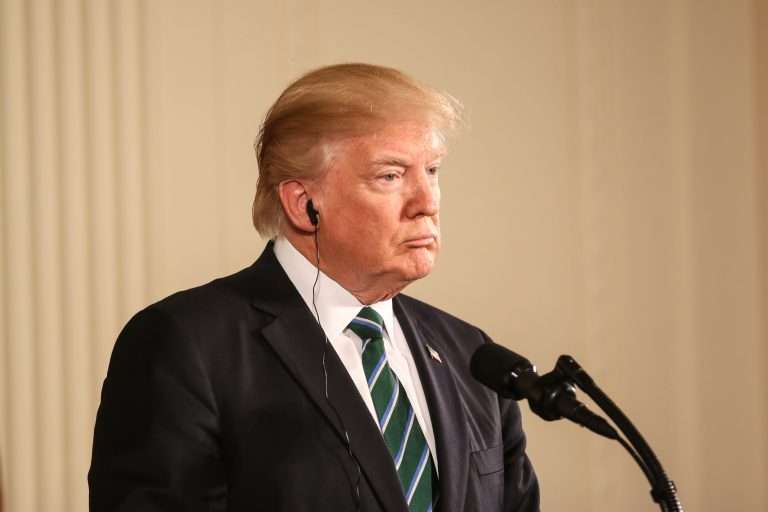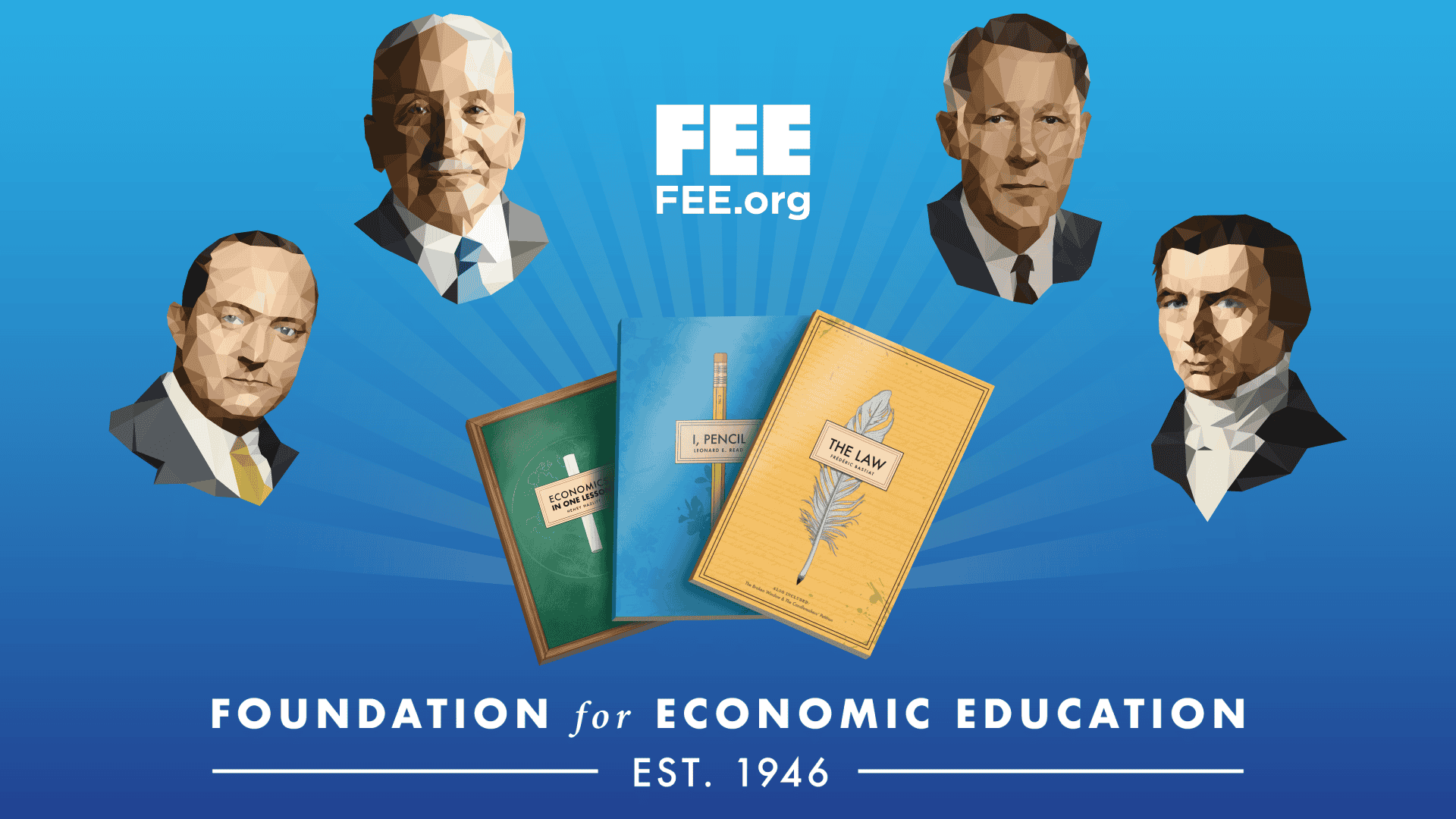President Trump recently threatened to impose over $200 billion in new tariffs—on products ranging from car parts and purses to leather—after China’s most recent round of retaliatory levies on $60 billion of U.S. exports. This tough talk on trade is nothing new, but now it has become harmful policy. When politicians try to influence something as complicated as global trade, there are always unforeseeable consequences.
Deficit-focused policy is based on a narrow and flawed view of trade.
Back in March, President Trump said that “Last year we lost $500 billion on trade with China.” This number is actually closer to $375 billion, but it’s not even accurate to say that we “lost” a dime. The deficit Trump was referencing refers to the U.S. trade deficit measured in goods, but goods are just one part of trade. Global trade is composed of services and investments in addition to goods. Furthermore, this number is only measuring one country the U.S. trades with.
When you account for total trade—which includes all countries as well as all the trade categories—the U.S. actually has an account balance, not a deficit. This means that while we import more goods from China than we export to China, our trade surplus in services and investments with other countries makes up for the discrepancy.
Not only is deficit-focused policy based on a narrow and flawed view of trade, but the proposed solution of tariffs is also short-sighted and ignores the ripple effects of trade distortions. Placing tariffs on products to protect domestic industries does nothing but benefit the chosen few at the cost of many.
Tariffs and Cascade Failure
In January, the U.S. placed a 30 percent tariff on washing machines and solar panels, but the real price of this protection came at the cost of consumers. While prices of washing machines had been on the decline, after the tariffs were put in place, the average cost jumped 16 percent between March and May.
This has delayed or prevented $2.5 billion in solar projects and already resulted in a loss of 8,000 construction jobs.
Tariffs often do more harm than good, even for industries they are intended to help. The solar industry in the U.S. is relatively small, and up to 80 percent of solar panels are imported. While the tariffs may have boosted domestic businesses in the production of solar panels, production only accounts for 15 percent of the total U.S. solar industry.
The largest portion of the solar industry is actually in installation. As a result of the higher cost of solar panels resulting from tariffs, industry expansion and construction have slowed. This has delayed or prevented $2.5 billion in solar projects and already resulted in a loss of 8,000 construction jobs, and could potentially result in up to 23,000 job losses.
In March 2018, the Trump administration announced that they would be placing a 25 percent tariff on steel and a 10 percent tariff on aluminum. Beer industries were quick to warn of increased costs and potential layoffs. Since January 2018, steel prices have increased 45 percent and aluminum has increased 23 percent. On the job front, some sectors are expected to benefit from tariffs over the next three years with the creation of over 30,300 jobs, primarily iron and steel industries. However, when the government picks winners, it also picks losers. Almost 433,000 jobs are expected to be lost over the same period, mostly in construction and trade.
The negative impacts are not just felt by people working in the specific industries. Anyone who purchases their products are likely to suffer as well.
Downstream impacts such as these are precisely why the Trump administration is now pushing for $12 billion in farm subsidies for those who were negatively impacted by tariffs. China reacted to U.S. trade restrictions by putting tariffs on U.S. goods like soybeans. While soybean prices have been fluctuating for some time due to weather patterns, after China placed the tariffs, prices fell by 20 percent. Farmers were hurt by the tariffs, but they are not alone.
Harley-Davidson released a statement saying that the tariffs would increase the production cost of an average motorcycle by $2,200. Whirlpool said they failed to meet their quarterly earnings projections due to the 50 percent increase in steel prices. The negative impacts are not just felt by people working in the specific industries. Anyone who purchases their products are likely to suffer as well. For example, people who drink Jack Daniels can expect price increases around 10 percent.
The benefits of steel and aluminum tariffs came at the cost of farmers and countless others. Despite the small number of people that were helped, the overall result of Trump’s protectionism was a net negative. In a system as complex as global trade, picking winners inevitably results in picking losers as well.




